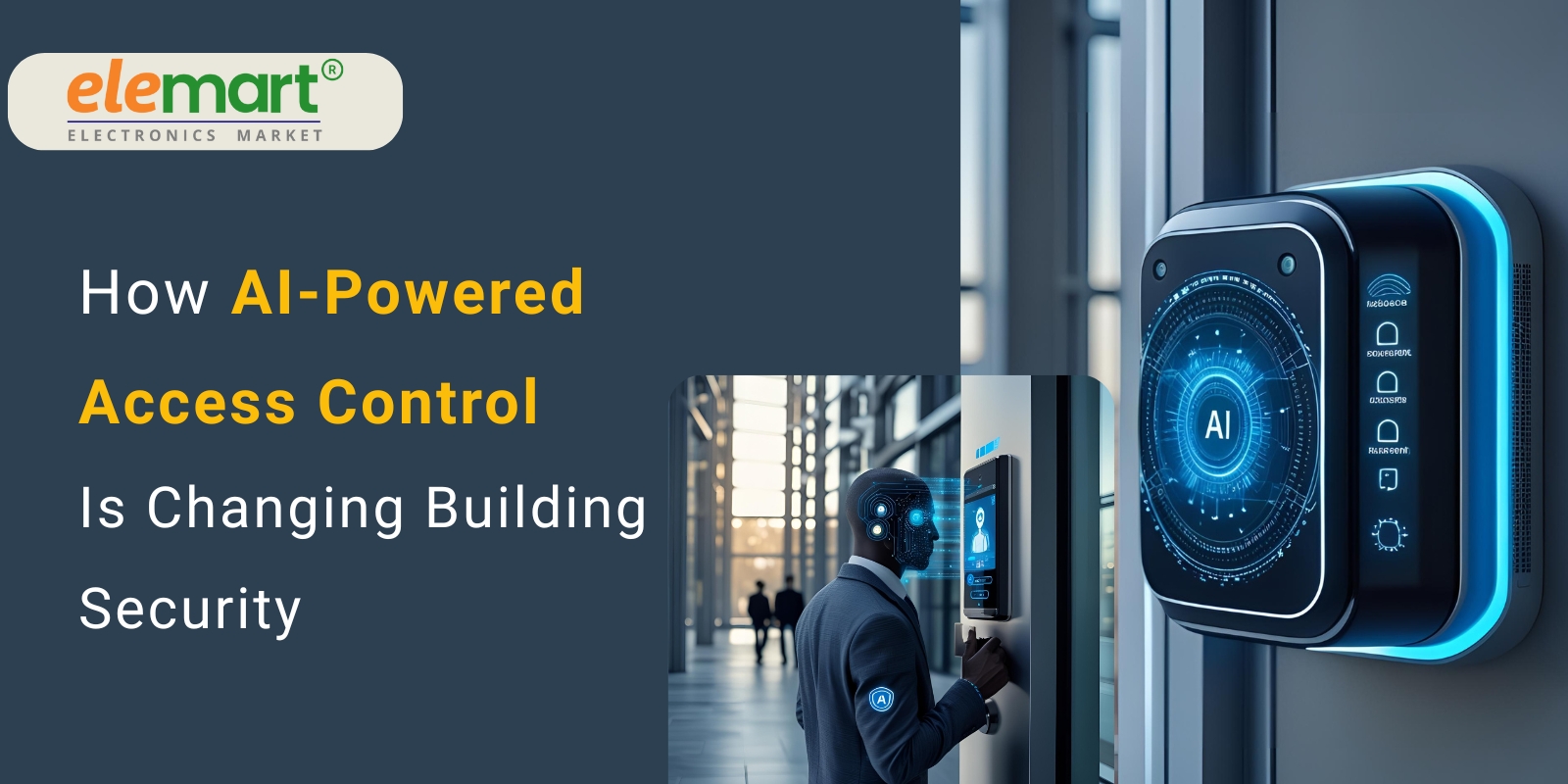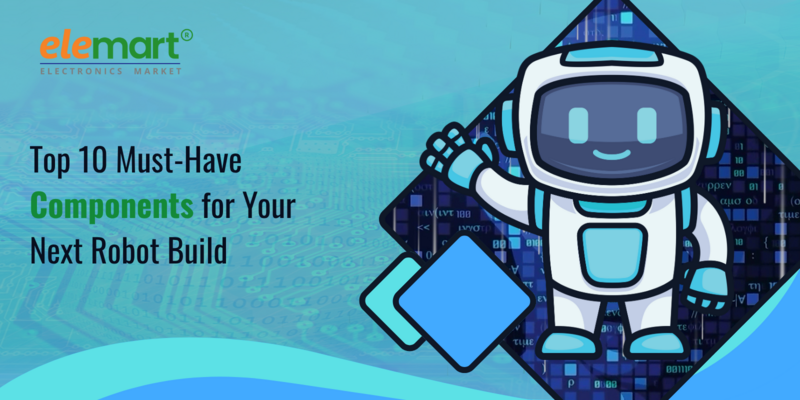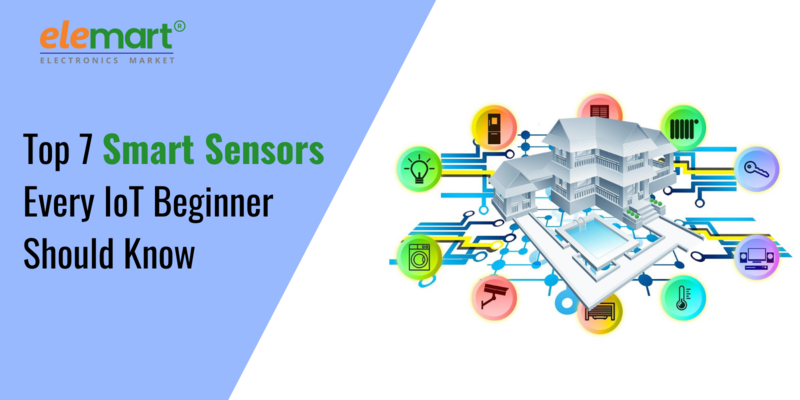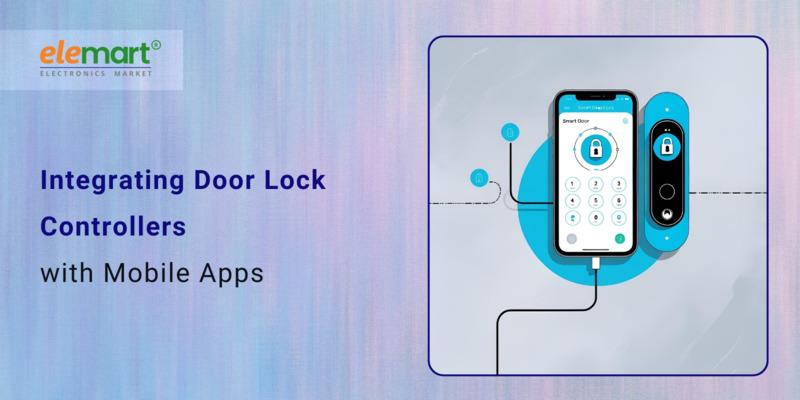- Jul 18, 2025
Share this post on:

For decades, building security has relied on relatively static systems: keycards, fobs, PIN codes, and biometric scanners. While effective to a degree, these traditional methods are increasingly showing their limitations in a world facing evolving threats and demands for greater efficiency and personalization. Enter Artificial Intelligence (AI), poised to revolutionize access control and redefine what it means to be secure. This blog post will explore how AI-powered access control is changing building security, delving into the current landscape, the technology driving the change, the benefits, the challenges, and a glimpse into the future.
The Limitations of Traditional Access Control
Traditional access control systems, while seemingly robust, suffer from several key weaknesses:
- Vulnerability to Physical Compromise: Keycards and fobs are easily lost, stolen, or duplicated. PIN codes can be forgotten or compromised through social engineering. This creates opportunities for unauthorized entry.
- Static Rule Sets: Traditional systems operate based on pre-defined rules. These rules are often inflexible and struggle to adapt to changing circumstances, like temporary staff, deliveries, or emergency situations. A scheduled cleaning crew needing after-hours access requires manual intervention.
- Limited Threat Detection: Most traditional systems primarily focus on who is accessing the building, not how they are behaving. They lack the intelligence to identify suspicious patterns or potential threats. Someone tailgating another person is difficult to detect.
- Labor-Intensive Management: Administering access rights, managing user accounts, and responding to security incidents can be a time-consuming and labor-intensive process.
- Lack of Integration: Often, access control systems exist in silos, not communicating with other security systems like CCTV or intrusion detection, limiting the ability to have a holistic view of security.
- Biometric Vulnerabilities: While biometrics like fingerprint or facial recognition offer improved security, they are still vulnerable to spoofing, though the technology is constantly improving.
The Rise of AI: A New Era for Security
Artificial Intelligence, particularly machine learning (ML), is rapidly transforming various industries, and security is no exception. AI’s ability to analyze vast datasets, identify patterns, and make predictions unlocks a new level of sophistication for access control. Here’s a simplified breakdown:
- Machine Learning (ML): ML algorithms are trained on large datasets to identify patterns and make predictions without explicit programming. The more data they are fed, the more accurate they become.
- Computer Vision: A branch of AI enabling computers to "see" and interpret images and videos. Crucial for facial recognition and behavior analysis.
- Natural Language Processing (NLP): Allows AI to understand and respond to human language, useful for voice-activated access and chatbot-based security assistance.
- Deep Learning: A subset of ML using artificial neural networks with multiple layers, enabling more complex pattern recognition.
AI Applications in Access Control: Beyond Simple Verification
AI isn't just adding a digital layer to existing access control methods; it's fundamentally changing how security is approached. Here are some key applications:
- Advanced Facial Recognition: Modern facial recognition systems, powered by deep learning, go beyond simple matching. They can account for variations in lighting, angle, and even facial hair growth. "Liveness detection" prevents the use of photographs or videos to spoof access.
- Behavioral Biometrics: This is arguably one of the most exciting developments. AI analyzes patterns in how people walk, their gait, typing rhythm, and even their interaction with access control devices. This creates a unique "behavioral signature" for each individual, making it extremely difficult to impersonate them.
- Anomaly Detection: AI continuously monitors access patterns and flags unusual activity. This could include someone accessing the building outside of their normal hours, attempting to enter an unauthorized area, or displaying signs of distress.
- Tailgating Detection: Using computer vision and sensors, AI can detect when someone attempts to follow another person through an access point without proper authorization.
- Predictive Access Control: By analyzing historical data, AI can predict potential security risks and adjust access control policies accordingly. For example, during a high-profile event near a building, access could be temporarily restricted.
- Dynamic Access Policies: AI can automatically adjust access control policies based on real-time conditions. Imagine a scenario where a delivery driver is granted temporary access to a specific loading dock area, with access automatically revoked after a set time.
- Integration with Video Surveillance (VMS): AI-powered access control seamlessly integrates with video surveillance systems. When a person is identified, relevant video footage can be automatically pulled up for verification or investigation. This creates a powerful combination of access control and visual verification.
- Voice-Activated Access: NLP allows for hands-free access control using voice commands. This is particularly useful in environments where hands are occupied or wearing gloves.
Benefits of AI-Powered Access Control
The transition to AI-powered access control offers a compelling range of benefits:
- Enhanced Security: Significantly reduces the risk of unauthorized access and improves overall security posture.
- Improved Efficiency: Automates access control management, freeing up security personnel for more strategic tasks.
- Reduced Costs: Streamlines operations, reduces labor costs, and minimizes losses due to security breaches.
- Enhanced User Experience: Provides a more convenient and personalized access experience for authorized users.
- Real-time Threat Detection: Identifies and responds to potential threats proactively.
- Data-Driven Decision Making: Provides valuable insights into access patterns and security risks, enabling better decision-making.
- Compliance: Aids in meeting regulatory compliance requirements.
- Scalability: Easily scalable to accommodate growing organizations and evolving security needs.
Challenges and Considerations
Despite the immense potential, adopting AI-powered access control isn's without its challenges:
- Data Privacy Concerns: Facial recognition and behavioral biometrics raise significant data privacy concerns. Transparency and adherence to regulations like GDPR are crucial. Clear policies on data collection, storage, and usage must be implemented.
- Algorithmic Bias: AI algorithms are only as good as the data they are trained on. Biased training data can lead to discriminatory outcomes. Careful attention must be paid to data diversity and fairness.
- Initial Investment: Implementing AI-powered access control can require significant upfront investment in hardware, software, and training.
- Integration Complexity: Integrating AI-powered systems with existing infrastructure can be complex and require specialized expertise.
- Cybersecurity Risks: AI systems themselves can be vulnerable to cyberattacks. Robust security measures are essential to protect against malicious actors.
- User Acceptance: Some users may be hesitant to adopt new technologies, particularly those involving biometric data. Communication and education are key to fostering acceptance.
- "Black Box" Problem: The complexity of AI algorithms can make it difficult to understand how they arrive at decisions, leading to a "black box" problem that can hinder trust and accountability.
Future Trends in AI-Powered Access Control
The evolution of AI-powered access control is ongoing, with several exciting trends on the horizon:
- Hyper-Personalization: Access control will become increasingly personalized, adapting to individual user preferences and needs.
- Edge AI: Processing AI algorithms on local devices (edge computing) will reduce latency and improve privacy.
- Federated Learning: Training AI models across multiple devices without sharing sensitive data.
- Quantum-Resistant Encryption: Protecting AI systems from future threats posed by quantum computing.
- Integration with the Metaverse: Exploring new possibilities for access control in virtual and augmented reality environments.
- Biometric Fusion: Combining multiple biometric modalities (e.g., facial recognition + gait analysis) for enhanced accuracy and security.
Conclusion
AI-powered access control represents a paradigm shift in building security. By leveraging the power of artificial intelligence, we can create more secure, efficient, and user-friendly access control systems. While challenges remain, the benefits are undeniable, and the future of building security is undoubtedly intertwined with the continued advancement of AI. Embracing this transformative technology is not just an option; it’s becoming a necessity for organizations seeking to protect their assets and maintain a competitive edge.














